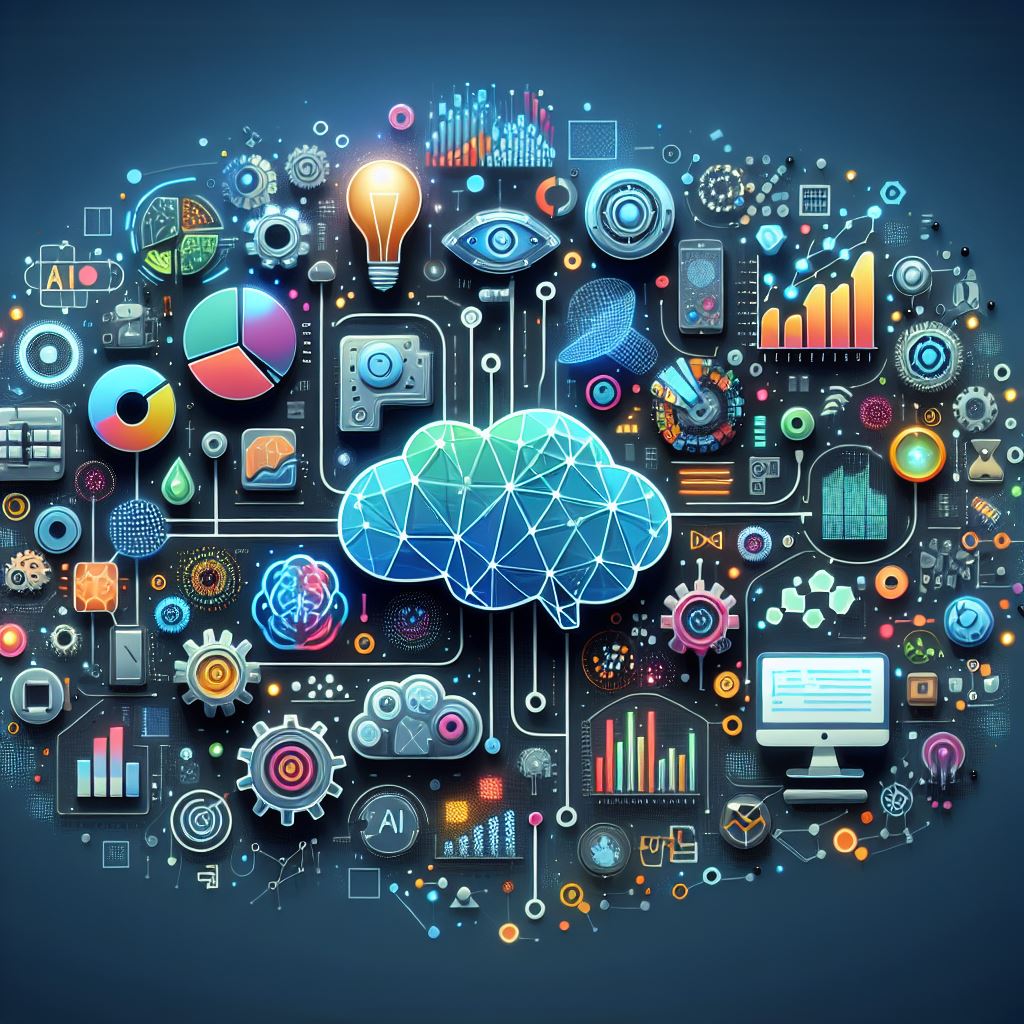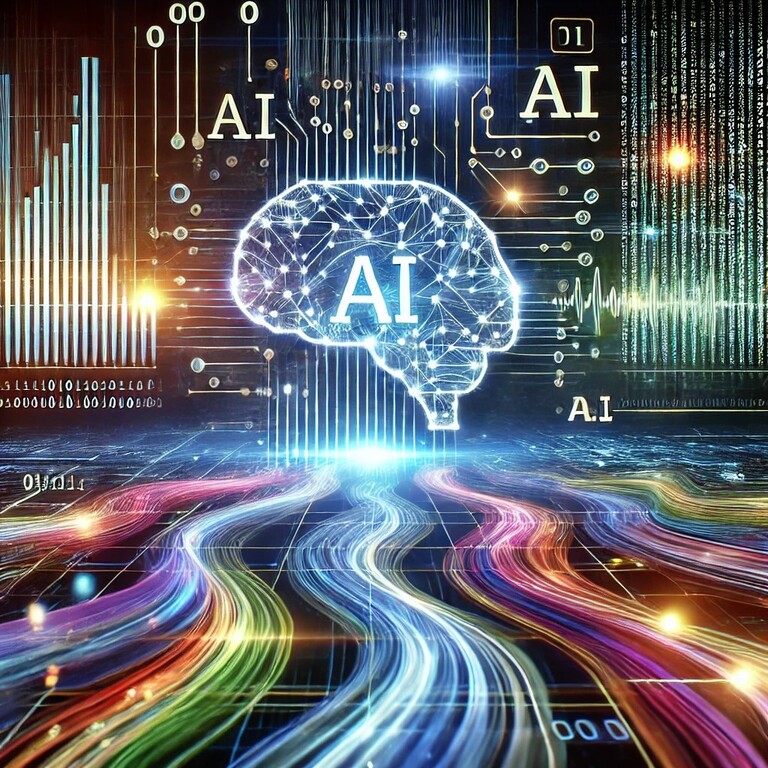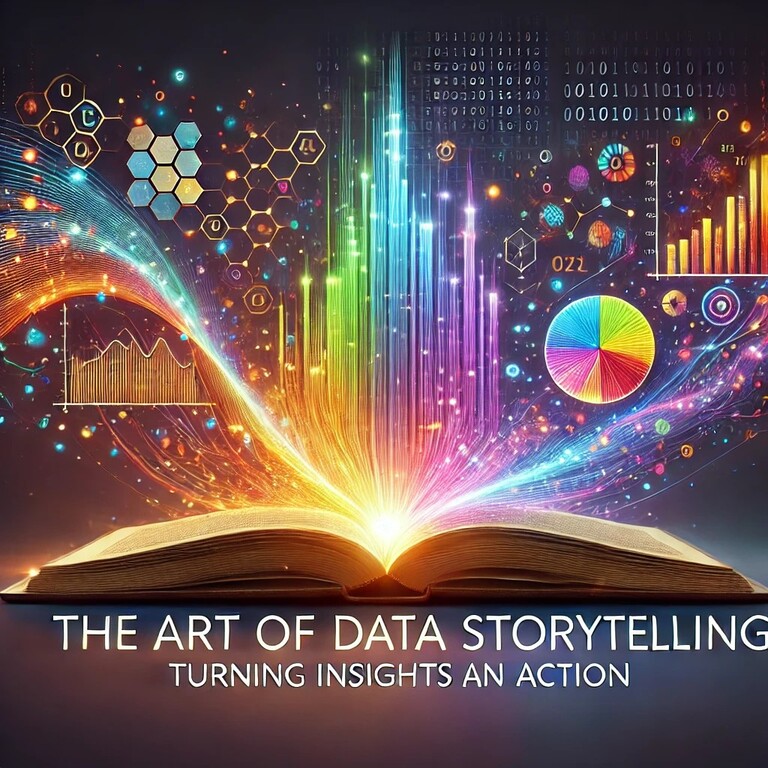Data science has become a cornerstone of modern innovation, reshaping industries across the globe. With the rise of Artificial Intelligence (AI), machine learning, and sophisticated data analysis tools, businesses and researchers are uncovering insights like never before. In this blog, we explore key tools and techniques that power the world of data science, from neural networks to data visualisation, and show how they make complex data actionable.
1. Artificial Intelligence: Understanding the Backbone of Data Science
Artificial Intelligence (AI) has revolutionised how we approach problem-solving in data science. AI technologies, particularly neural networks and deep learning, have made it possible to analyse vast amounts of data and make accurate predictions with impressive precision.
Neural networks, which mimic the human brain, have shown remarkable potential in various sectors, including healthcare, finance, and e-commerce. Deep learning, a subset of neural networks, focuses on algorithms that automatically learn and improve from vast datasets without explicit programming.
Key Tools for AI in Data Science:
- TensorFlow: A powerful open-source framework that simplifies the creation of neural networks.
- PyTorch: Another widely-used library for deep learning applications, particularly in research and academia.
With AI, machines can now learn from data to identify patterns, recognise images, or even generate human-like text, such as the capabilities seen in chatbots and virtual assistants.
2. Machine Learning: Unlocking Predictive Power with Algorithms
Machine learning (ML) is a crucial component of data science that allows systems to learn and adapt from data. By applying various algorithms, machine learning models can make predictions, identify trends, and optimise decision-making processes.
There are two main types of machine learning: supervised learning (where the model is trained on labelled data) and unsupervised learning (where the model identifies patterns without labelled data).
Popular machine learning algorithms include:
- Decision Trees: Simple yet effective, decision trees are used for classification and regression tasks.
- Random Forests: An ensemble method that enhances the accuracy of decision trees by reducing overfitting.
- Support Vector Machines (SVM): A robust algorithm used for classification and regression in complex datasets.
Tools for Implementing Machine Learning Models:
- Scikit-Learn: A powerful Python library for implementing ML algorithms.
- XGBoost: A scalable machine learning library for decision trees.
Machine learning empowers businesses to make data-driven decisions, automate processes, and improve customer experiences by providing predictive insights.
3. Data Visualisation: Making Data Actionable with Visual Tools
While analysing data is crucial, presenting it in a comprehensible and engaging way is just as important. Data visualisation techniques help transform raw numbers into easily digestible insights through charts, graphs, and other visual formats.
Effective data visualisation aids decision-makers in identifying trends, outliers, and patterns. It turns complex datasets into actionable insights that can drive strategy, making it easier to communicate findings with stakeholders.
Popular Data Visualisation Tools:
- Tableau: Known for its user-friendly interface, Tableau enables data professionals to create interactive visual reports and dashboards.
- Power BI: A robust tool from Microsoft for transforming raw data into compelling visual reports.
- Matplotlib: A Python library used to create static, animated, and interactive plots for data analysis.
By employing proper data visualisation techniques, organisations can ensure that their teams and stakeholders make informed decisions quickly and efficiently.
4. Data Analysis Tools: Streamlining Workflows with Efficient Solutions
Data analysis tools are the backbone of any data scientist’s workflow. These tools help in cleaning, organising, and analysing data to uncover meaningful patterns and insights.
Key Data Analysis Tools:
- Python: A versatile programming language that supports numerous libraries for data analysis, including Pandas, NumPy, and Matplotlib.
- R: A statistical programming language with powerful packages like ggplot2 and dplyr for data manipulation and visualisation.
- Excel: While often overlooked, Excel remains an essential tool for quick analysis, especially for smaller datasets.
Each tool offers unique features that make it suitable for different aspects of data analysis. For instance, Python is known for its ease of use in handling large datasets, while R excels in statistical analysis and complex visualisation.
5. Data Engineering: Building the Infrastructure Behind Data Science
Behind every successful data science project is a solid data engineering foundation. Data engineering involves building the infrastructure that supports data collection, processing, and storage.
Data engineers design and maintain data pipelines that ensure data is clean, structured, and accessible for analysis. Without data engineering, the raw data required for machine learning and AI projects would be unusable.
Popular Tools in Data Engineering:
- Apache Hadoop: A framework that enables distributed storage and processing of large datasets.
- Apache Spark: A powerful tool for large-scale data processing, often used in conjunction with Hadoop.
- SQL Databases: Tools like MySQL and PostgreSQL are essential for managing relational data.
Data engineering ensures that data flows seamlessly from its source to the analytics team, empowering organisations to harness the full potential of their data.
Conclusion
From neural networks and machine learning algorithms to powerful visualisation tools and robust data engineering frameworks, the tools and techniques in data science are transforming industries worldwide. By embracing these technologies, businesses can unlock valuable insights and make data-driven decisions that enhance their operations and strategies.











